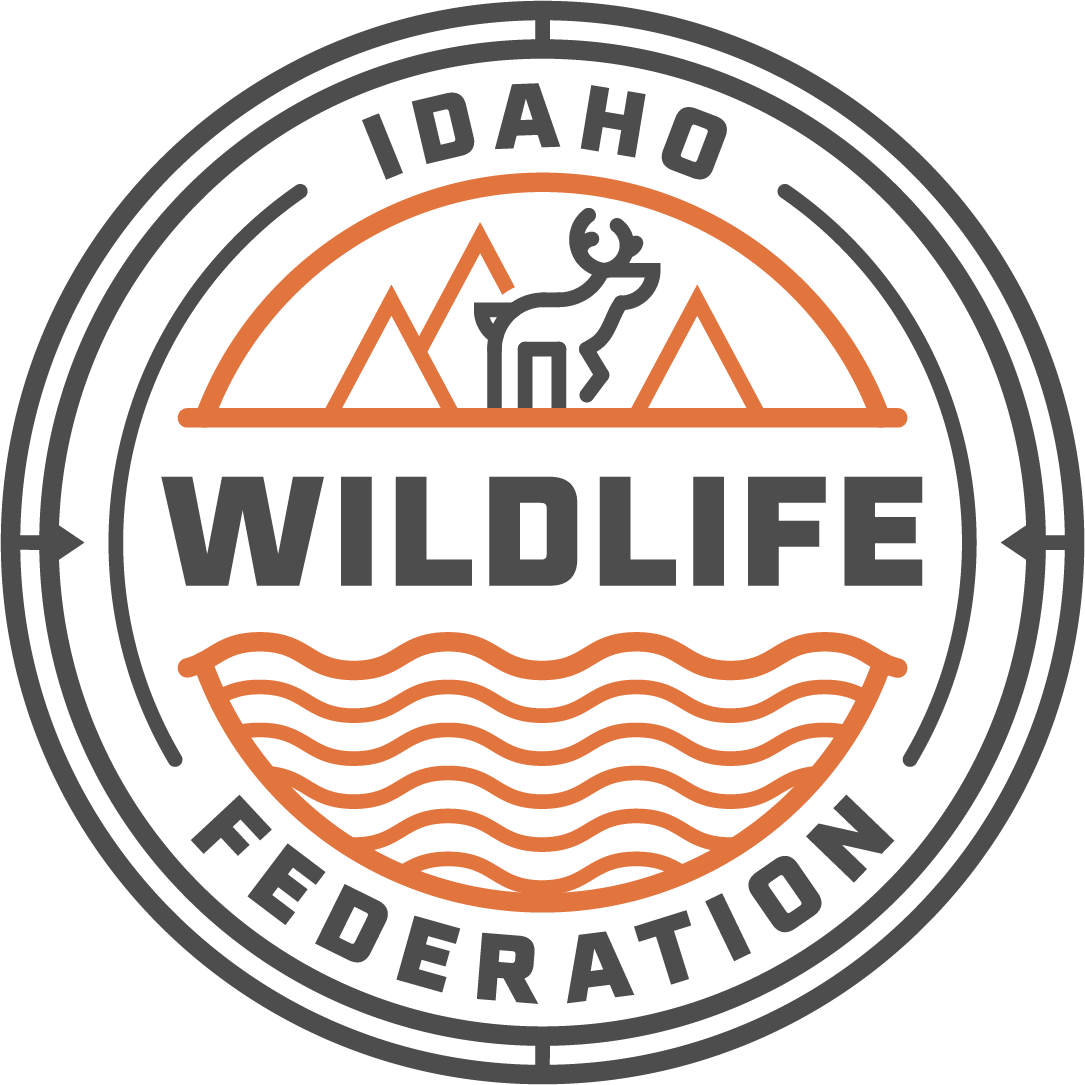IWF Response - Murray/Inslee Lower Snake River Dams: Benefit Replacement Draft Report
Washington Governor Jay Inslee and Washignton Senator Pat Murray’s report shows that we can replace the services of the LSRDs and restore Idaho's salmon and steelhead runs less than the current costs of dam maintenance and operations, and failed fish recovery spending combined. Photo Courtesy of Cameron Karsten @cameronkarsten
Earlier this month, U.S. Sen. Patty Murray (D-Wash.) and Washington Gov. Jay Inslee released a draft report outlining an actionable plan - and associated costs - for removing the lower Snake River dams (LSRDs) and replacing their services. The report clearly shows removing the LSRDs is not only feasible but fiscally responsible to improve the region's long-term infrastructure and to save Idaho’s iconic salmon and steelhead.
According to the report, the cost of breaching the dams and replacing the energy and transportation services they provide is estimated to be between $10.3 billion and $27.2 billion over 50 years. At the high end this cost would be $540m a year, significantly less than what we spend now (estimated $1-billion*) on dam maintenance and operations and BPA’s fish and wildlife mitigation spending- definitively the smarter investment to make.
Maintaining the status quo is MORE EXPENSIVE.
Adjusted for inflation to 2022 dollars, since 1980 the region has spent $24 billion on fish and wildlife programs to mitigate the devastating impacts of the LSRDs and Columbia River hydropower system. If we continue to spend on these aging, inefficient dams, that price tag continues to swell. The rising costs of dam maintenance, turbine replacement and upkeep are estimated to be at $1 billion annually. And the LSRDs only produce approximately 4% of the region's power.
What did we get for that $24 billion? Not much. Salmon are trending toward extinction. Thus far, mitigation measures have made no significant marked progress toward wild salmon recovery goals - wasting taxpayer and ratepayer dollars. Our hatchery system was built specifically to mitigate the loss of harvestable wild salmon and steelhead to the hydropower system, but increasingly we worry if we’ll have enough hatchery fish return to provide minimum broodstock needs, let alone a recreational fishery. Luckily, this year’s spring chinook return is looking better than previous years and is forecasted to be near Idaho’s ten-year average. This is good news, but combining wild and hatchery goals for a healthy and harvestable population set by the Columbia Basin Task Force, we’re forecasted to be about 25% of Idaho’s 217,000 fish goal. In summary, if nothing changes this spending will continue and 10 years down the road we will be left with the same problem, billions more spent on failed fish recovery, dam operations, and maintenance with still no replacement energy or transportation infrastructure.
"The lower Snake River Dams — and the costs to prop them up — are actively hurting businesses, hurting people and hurting communities in Idaho while benefiting the few,” said Brian Brooks, executive director of the Idaho Wildlife Federation. “This report proves that we have a choice to change direction — that we can implement a system that benefits all of us. The report proves we can breach the dams and meet the needs of agriculture, energy production, fish and fish reliant communities. It's unconscionable to see the two paths before us and choose the one that leaves so many of us behind."
A 30-day public comment period is now underway ahead of the report’s final release by the end of July. This document is significant in its own right, but requires public comment urging it to come to fruition. IWF is asking you to encourage Sen. Murray and Gov. Inslee to work with Rep. Mike Simpson (R-ID) and other elected officials throughout the northwest to commit to urgent and effective action to make the entirety of the region’s communities whole for decades to come.
THIS FORM HAS BEEN REMOVED AS THE PUBLIC COMMENT PERIOD HAS ENDED.
*Estimated current annual costs of dam operations, routine maintenance, fish and wildlife mitigation, river corridor maintenance i.e. dredging. Not including expected $600-million turbine replacement mentioned in Lower Snake River Dams: Benefit Replacement Draft Report.
Source: Bonneville Power Administration Annual Report 2021
Source: Lower Snake River Dams: Benefit Replacement Draft Report

